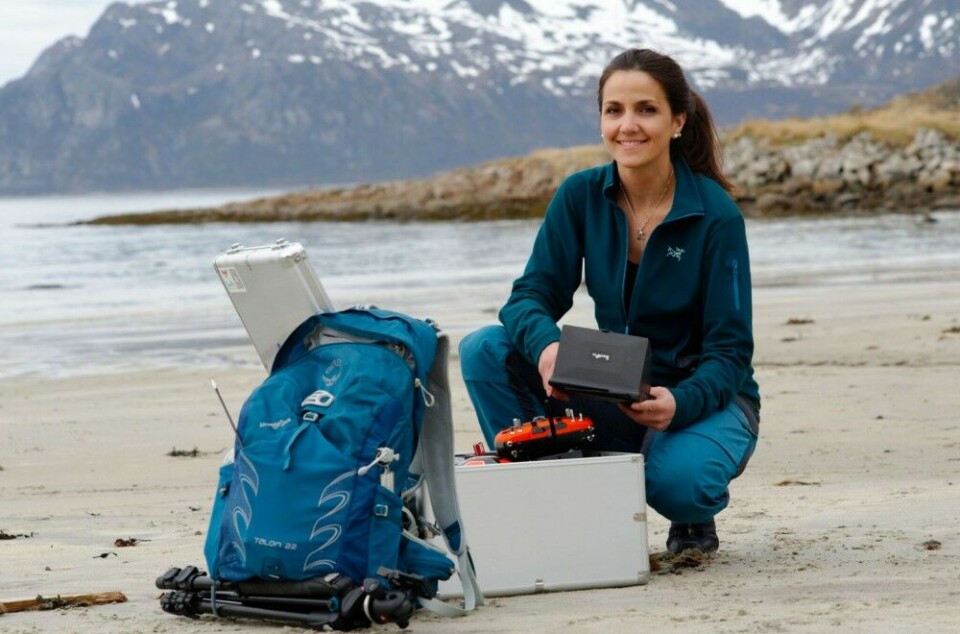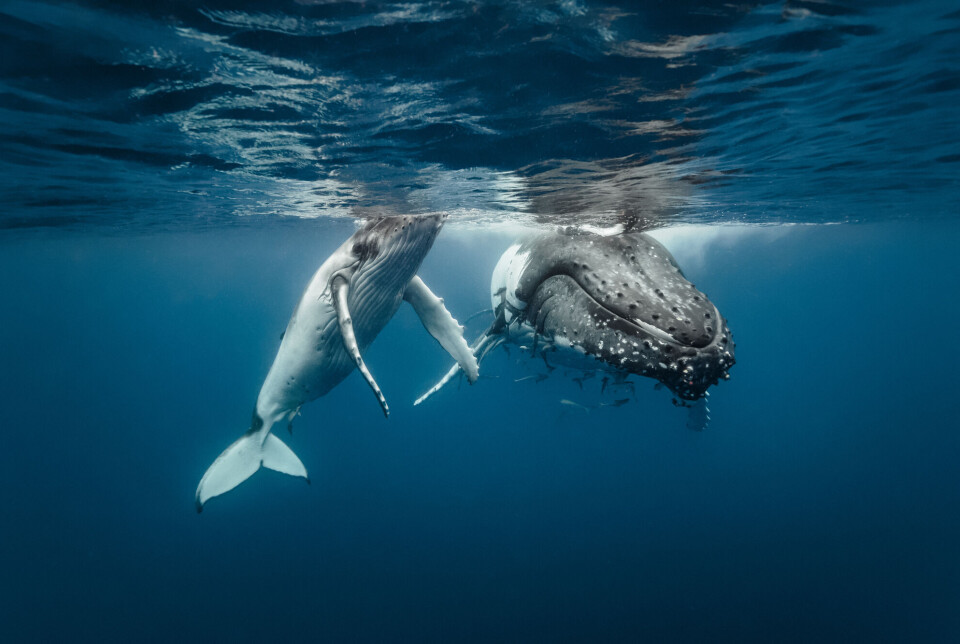
This is how whales nurse underwater
“There's something special about whale milk,” researcher says.
About 380 million years ago, our ancestors stopped being fish and came up on land.
Some animals, however, found their way back to the ocean.
Whales, seals, and manatees are examples of this.
Even though they live their lives underwater, they are mammals like us.
But how do whales manage to give milk to their young underwater?

Tucked away
“It’s absolutely essential for whale calves to drink milk from their mothers,” Sofia Aniceto, a whale researcher at NTNU, says.
And they manage to do it. A whale calf can gain up to 100 kilograms per day.
“Whales don’t have nipples like us, but mammary slits. They are tucked away under thick folds of skin,” she says.
When the whale calf brushes against them, the mammary slits become visible.

Curls its tongue
Whales squirt the milk directly into the mouth of the whale calf.
It tastes like a mixture of oil, fish, liver, and magnesium.
To avoid wasting milk, the whale calf has a clever trait.
It can curl its tongue into a tube and direct the milk straight into its mouth.

Like toothpaste
Sperm whales have a different type of mouth and have to collect the milk from the water.
“How do they manage that? Won't the milk just float away?”
“No, it’s possible because of the thickness. Almost half of whale milk is fat,” Aniceto says.
In other words, the milk is as thick as toothpaste.
“The milk is important for the whale calves to grow and get enough energy. They also gain blubber on their bodies, and it keeps them warm,” she says.

———
Translated by Alette Bjordal Gjellesvik
Read the Norwegian version of this article on ung.forskning.no





































